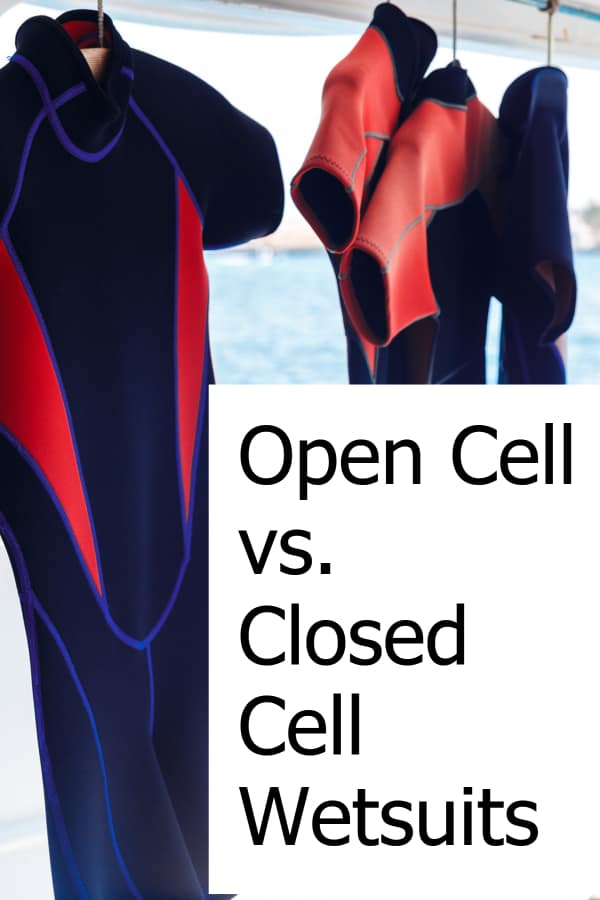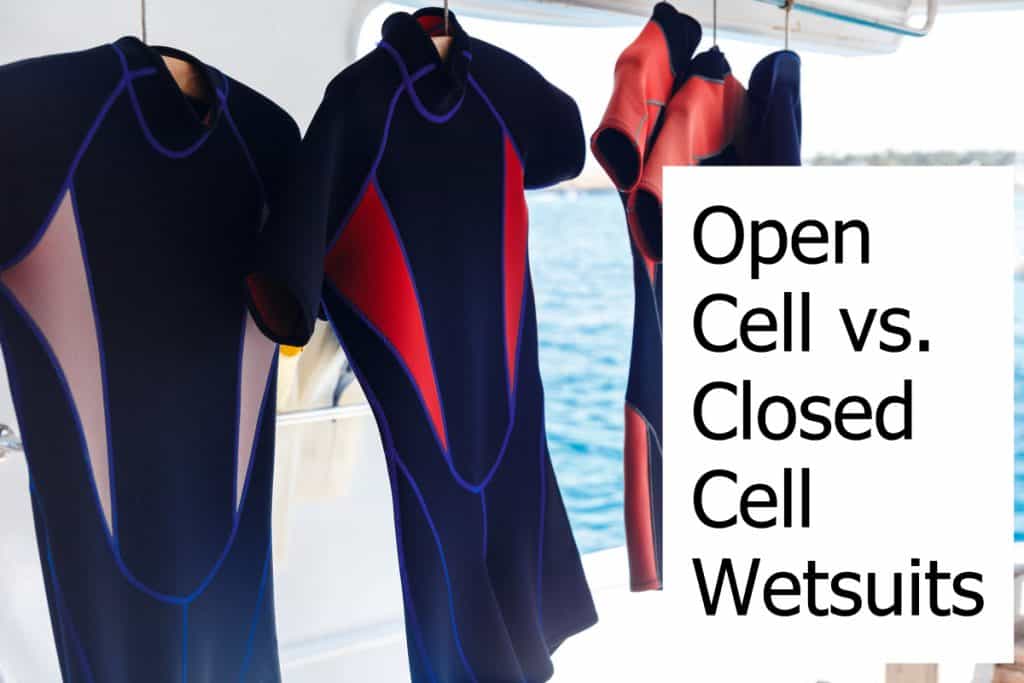Open Cell vs. Closed Cell Wetsuits – Which to use for Scuba Diving?
We’re having a closer look at the differences between a closed cell and an open-cell neoprene wetsuit for scuba diving. Sounds like a foreign language? Just read the post and you’ll understand what the differences are and what kind of wetsuit to pick for your scuba diving adventures!
What are the Differences between Open Cell and Closed Cell Wetsuits?
Understanding the wetsuits that you’re looking at purchasing is really important. There are tons of different designs and ideas for what the wetsuit will really do for you – Scuba Wetsuit vs Drysuit – How to Stay Warm in Cold Water.
We’ll be going over the differences between an open-cell wetsuit and a closed cell wetsuit so that you get a better handle on what type of cell wetsuit you should be getting for your own purposes.
What is Neoprene?
The most basic explanation for Neoprene is that it is a synthetic rubber. It isn’t just a creation that is used for wetsuits.
The material can be used for laptop covers, insulation for electronics, and even as fan belts in cars. The material can really do a lot.
It’s no surprise that it’s also being used for wetsuits (Peeing in your Wetsuit). The material can survive at all sorts of temperatures, so that makes it perfect for wetsuits.
What kinds of Neoprene are out there?
Because neoprene is synthetic, this means that it can be customized a little bit to fit the different purposes it is used for. There are types that are light, some that are heavy, some that are flexible, some that are stiffer.
There are two major types that you will encounter when you’re looking for wetsuits. We’ll be going over those two types and what they offer for different wetsuits.
What is open cell Neoprene?
Neoprene that is open-cell is called this because it is quite porous. The neoprene used for an open-cell wetsuit is going to be a little bit more form-fitting.
This means that an open-cell wetsuit made out of the material will fit your body more tightly. However, this also means that this kind of wetsuit is going to require lube to put on.
This isn’t that unusual. These open-cell wetsuits are going to last for less time than closed-cell suits. The material in an open-cell wetsuit is simply less sturdy and does break easier compared to using a closed-cell wetsuit.
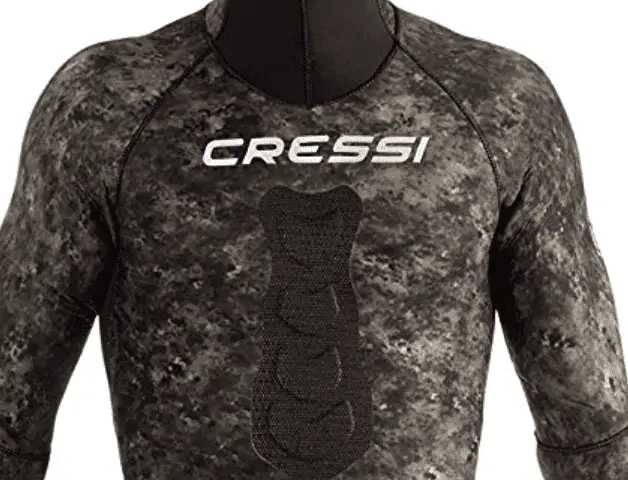
What is closed cell Neoprene?
This is actually the most commonly seen Neoprene that is used for wetsuits. This kind of Neoprene isn’t porous which makes it a great choice for a closed-cell wetsuit.
While this means that the material is a little bit stiffer, it also means that you’re a little more insulated from the elements when you’re using a closed-cell wetsuit. A close cell wetsuit will last a longer amount of time which means that you’ll be able to hold onto it for longer periods of time.
In short, closed-cell vs open cell wetsuits have the advantage that they last longer and that you can don and doff them easier.
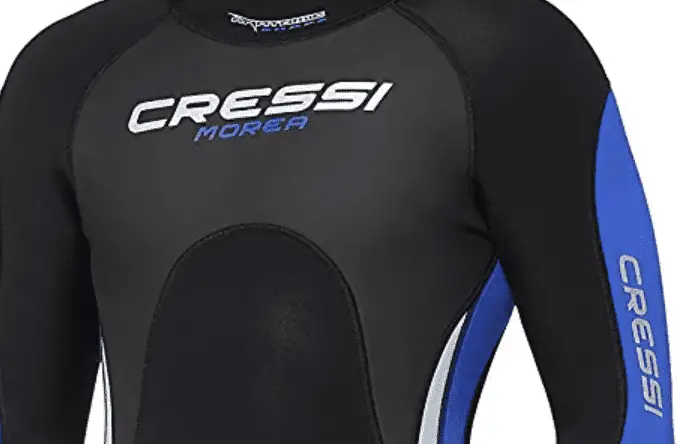
What Kind of Neoprene is Better?
Now, it’s difficult to say that one type of Neoprene is really better all the time for scuba divers. It will depend on the situation and what piece of clothing to use it for. The requirements for neoprene scuba diving gloves are different than for a wetsuit.
In fact, there’s a lot more to consider than just the kind of Neoprene that is used in your wetsuit. However, wetsuits are made with Neoprene which means that you will need to know some basics about why you would want open or closed cells.
You should base your decision on how much diving you expect that you will be doing. If you’ve already been scuba diving for a while and have a closed-cell Neoprene wetsuit and it’s not doing everything that you want anymore, then you might want to consider getting another kind of wetsuit that will be closer to what you want.
If you have no equipment yet and this is one of the first purchases you are making, then you might want to go for the closed-cell wetsuit just because you don’t need to drop a ton of money on the wetsuit if you only go a couple of times a year.
Regardless of the Neoprene that the wetsuit is made out of, consider the other features as well. You will need thicker material if you are in colder waters. You may want a shell that is camouflage colored if you are considering doing things like spearfishing.
When to use closed cell
Because a closed-cell wetsuit is stiffer and sturdier, you will find that most wetsuits for scuba divers are made of this material. You don’t want to get a wetsuit that you accidentally rip because your fingernails are just a little too long or sharp that day after all.
Because they are cheaper, such a closed-cell wetsuit for scuba divers works in a limited area. They work well for people that are getting started in diving and can’t dedicate the money to getting the best quality of everything that they want.
They also work well for shorter dives. Because the material is less flexible, it will rub against your skin (Do you Wear anything under a Wetsuit to prevent skin irritation?) when you are in a closed-cell wetsuit which can become uncomfortable after a while. Open-cell wetsuits are softer and therefore less abrasive for the skin.
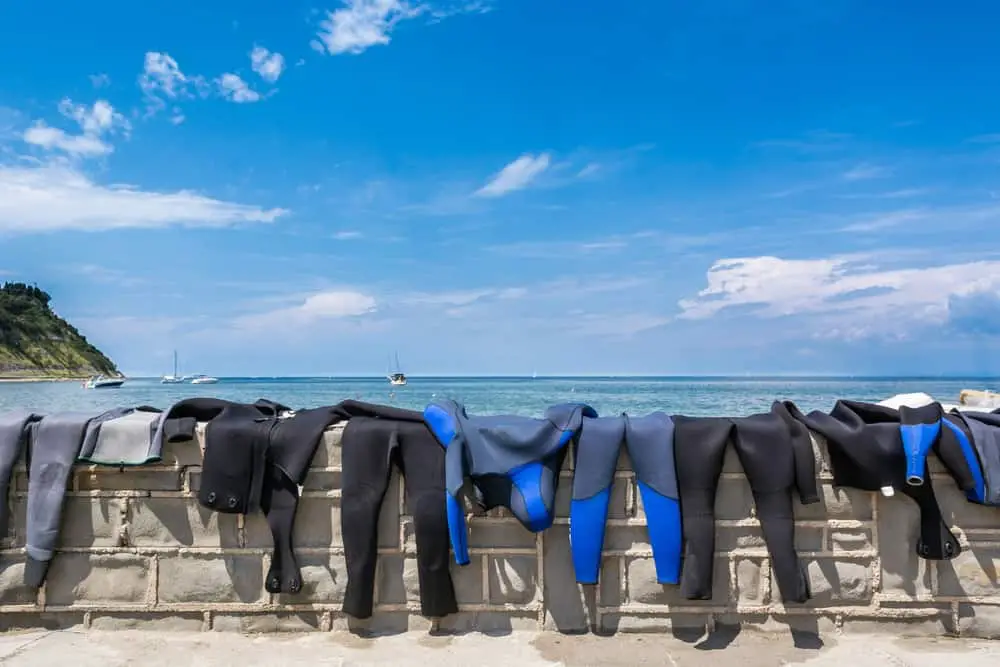
What is a Diving Compass? Do you need one for navigating underwater?
When to use an open cell wetsuit
While open-cell wetsuits are more flexible but also more fragile. With one finger, you can accidentally slice open the material and your open cell wetsuit is in need of repair or ruined.
This makes the material a little bit more difficult to work with. However, there is a pretty good advantage to an open-cell wetsuit.
Neoprene that is open cell is flexible and soft, the material won’t be abrasive. Because of these features, it is also a little more insulated. While you will still have to get an open-cell wetsuit that is made for the temperature of the water that you are getting in, this one will do the best at keeping you safe and as warm as possible. This is a huge plus for a lot of people.
However, they are less popular with people that are just starting out. You won’t want to drop over $300 on an open-cell wetsuit when you aren’t certain of what you want out of the experience.
Conclusion
Whether you’re getting ready for your first dive or your fortieth dive, you need to have a good wetsuit that will keep you protected in the water. Even if you’re doing something other than scuba diving, a good wetsuit can really help you feel more comfortable in the water.
When it comes to the Neoprene that you should use, that is up to you entirely. A closed-cell wetsuit is stiff and can be a little uncomfortable, but it won’t be hard to get in and out or and probably won’t break your bank.
An open-cell wetsuit is softer, more flexible, and better for insulating your body when you’re in the water, even though it is more expensive.
The choice is up to you, so make sure that you’re getting something that works within your budget but still keeps you safe. Both an open-cell and closed-cell wetsuit has advantages and disadvantages as laid out above.
